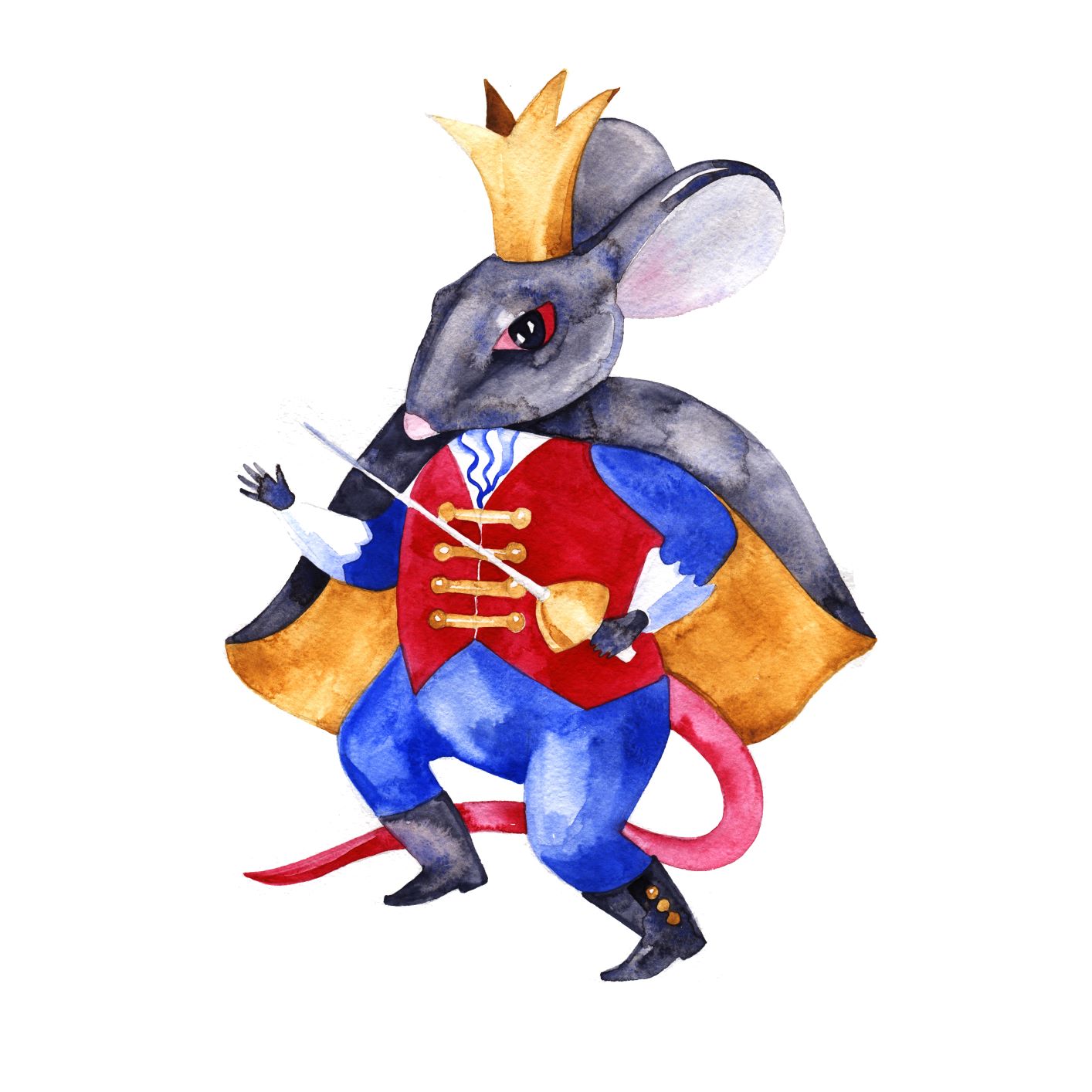
The Rat King was stirring…wait, that’s not it! I do have holiday viewing on my mind, though, not only the classics like It’s a Wonderful Life, The Nutcracker, and The Grinch Who Stole Christmas, but movies like Die Hard—does that count as a “classic” if it’s 32 years old?
The Nutcracker has always been a love-hate tradition to me: the storyline is disturbing if one examines it closely, and it’s a lot of dancing around, but it was one of my first “grown up” outings as a child, I do enjoy the score, and I’m always struck by the discipline and athleticism of the dancers. Now, I watched it with a more attention, particularly the scenes with the Rat King, because of the appearance of the hero in that role in Submerged Hopes. That was such a fun novel for me, in part because of the exploration of what’s not considered “traditionally masculine.”
Though The Nutcracker’s debut was in 1892, the ballet had a tepid reception, and didn’t become popular until the 1960’s. Nowadays, the major ballet companies derive 40% of their revenue from holiday performances of The Nutcracker. Tchaikovsky’s score was better received and included the first use of the celesta or bell-piano, which gives the music-box sound of the “Dance of the Sugar Plum Fairies,” as well as toy instruments. It’s said that he composed the adagio from the Grand pas de deuce in response to a wager, when a friend bet him he could not pull off a melody based on a sequential, one-octave scale.
Love it or hate it, The Nutcracker score is famous enough to appear everywhere, and it’s made homage appearances in the violent Tom and Jerry cartoons, a Barbie movie, and multiple video games.
Best wishes of the holiday season to all of you!
Recent Comments